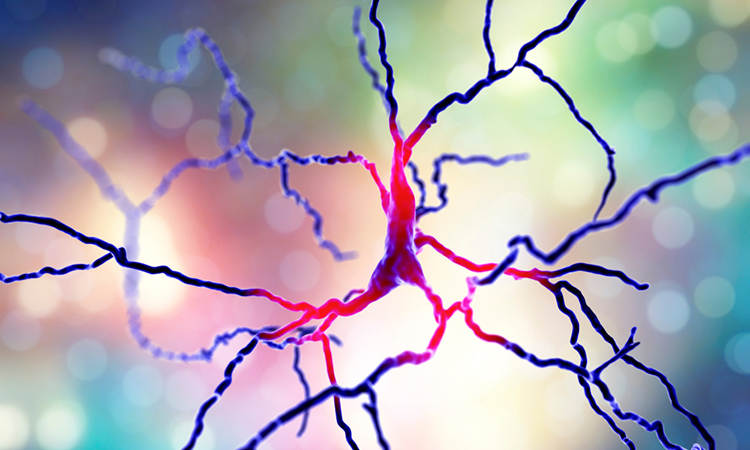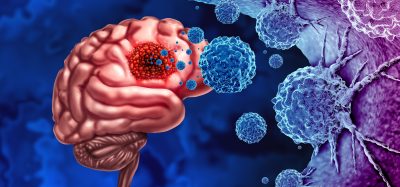Examining brain’s glymphatic system may shed light on brain diseases
Posted: 18 May 2023 | Izzy Wood (Drug Target Review) | No comments yet
US researchers used focused ultrasound with microbubbles to examine glymphatic system of the brain, which plays a crucial role in clearing metabolic waste from the brain.


Researchers at Washington University in St. Louis, US, have discovered a non-invasive method to influence the glymphatic system in the brain using focused ultrasound. The glymphatic system, similar to the lymphatic system in the body, plays a crucial role in clearing metabolic waste and distributing vital compounds in the brain. Dysfunction in this system has been linked to various brain diseases, including neurodegenerative disorders and stroke.
Led by Hong Chen, Associate Professor of Biomedical Engineering at Washington University, the team employed a technique called focused ultrasound with circulating microbubbles (FUSMB) to mechanically enhance glymphatic transport in the brains of mice. Focused ultrasound has the capability to penetrate the scalp and skull to precisely target specific regions within the brain. In previous studies, Chen’s team discovered that microbubbles injected into the bloodstream amplify the effects of ultrasound waves on blood vessels, creating a pumping effect that aids the accumulation of agents delivered through the nasal route, such as drugs or gene therapy treatments.
The research, published in Proceedings of the National Academy of Sciences (PNAS), administered a fluorescent tracer intranasally and then applied focused ultrasound waves to the thalamus region of the brain, following the injection of microbubbles intravenously. Through 3D imaging of the treated side of the brain tissue, they observed that FUSMB significantly enhanced the transport of the tracer in the perivascular space, compared to three control groups that did not receive the FUSMB treatment. This confirmed that the increased tracer transport was directly attributable to the focused ultrasound and microbubbles.
To validate their findings, the team also conducted experiments where they directly injected the tracer into the cerebral spinal fluid. They found that FUSMB treatment boosted the transport of tracers along the vessels at the targeted brain site by two to three times compared to the non-targeted side. Regardless of the delivery method, FUSMB consistently improved glymphatic transport, as demonstrated through confocal microscopy imaging and brain-tissue clearing.
The researchers also explored different types of vessels involved in glymphatic transport, including arterioles, capillaries, and venules, using both intranasal and injected delivery methods. They observed improved tracer transport in both arterioles and capillaries with both types of delivery, with higher fluorescence intensity along arterioles than capillaries and venules.
The implications of this research are far-reaching. By harnessing the power of focused ultrasound and microbubbles, the team has developed a non-invasive and nonpharmacological approach to manipulate glymphatic transport. This breakthrough offers potential opportunities to enhance waste clearance in the brain and potentially mitigate brain diseases resulting from impairments in the glymphatic system’s function.
Looking ahead, Chen’s team plans to apply this novel method for brain waste clearance to combat neurodegenerative diseases, such as Alzheimer’s and Parkinson’s. By further exploring the possibilities of ultrasound combined with microbubbles, they hope to develop innovative strategies to treat and manage these debilitating conditions
Related topics
Imaging, Neuroprotection, Neurosciences, Targets
Related conditions
Neurodegenerative diseases, Stroke
Related organisations
Washington University St. Louis
Related people
Hong Chen








